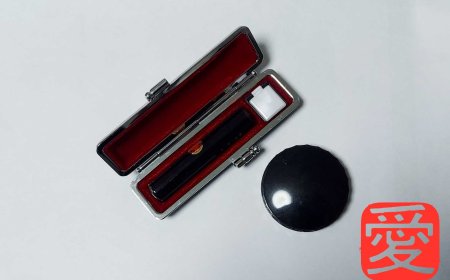Genkan
The place where visitors take-off their footwear when entering a Japanese house is called “Genkan” (玄関)
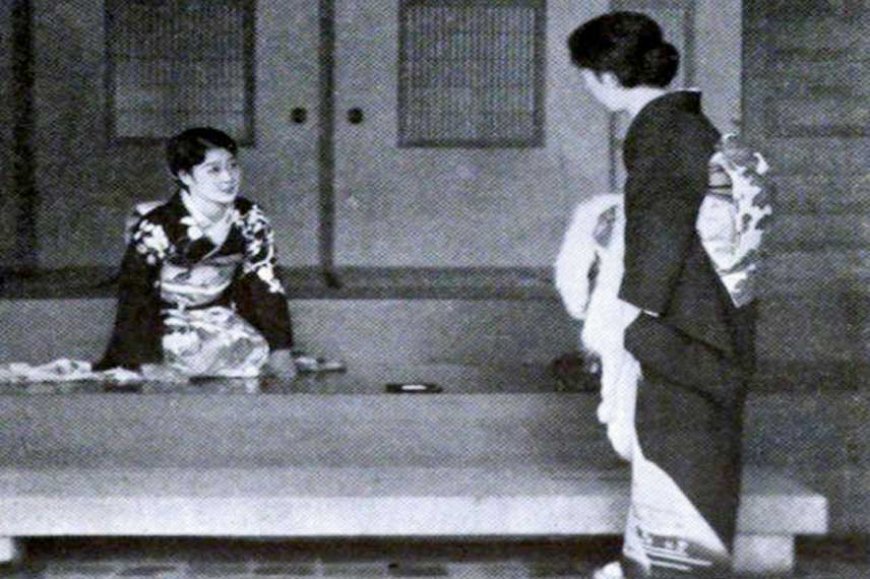
The entrance to a Japanese house.
The place where visitors take-off their footwear when entering a Japanese house is called “genkan” (玄関). And the custom of removing one’s shoes before entering the house goes back a thousand years that has been continued and scrupulously observed in this modern era in Japan.
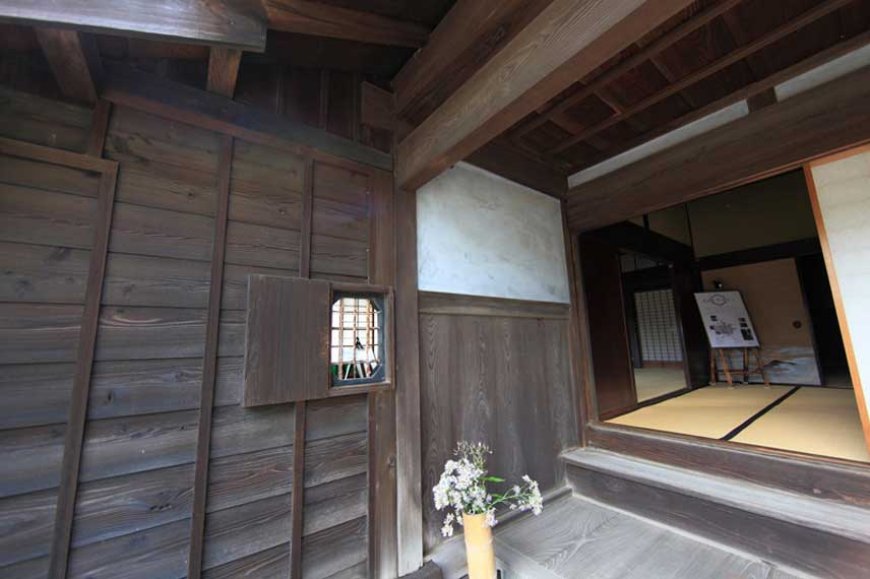 Genkan, by Tanaka Juuyoh
Genkan, by Tanaka Juuyoh
In the Yayoi period (300 BC to 300 AD), warehouses were built elevated from the ground. In order to store grain, the floor was raised to prevent moisture. Since the floor was high, it effectively protected the crops from water damage, insects, and vermin. This way of construction was also applied to building houses. Houses were built on stilts that allow moisture to escape easily, as a result, there were steps at the entrance that became the precedent for modern-day “genkan” (玄関).
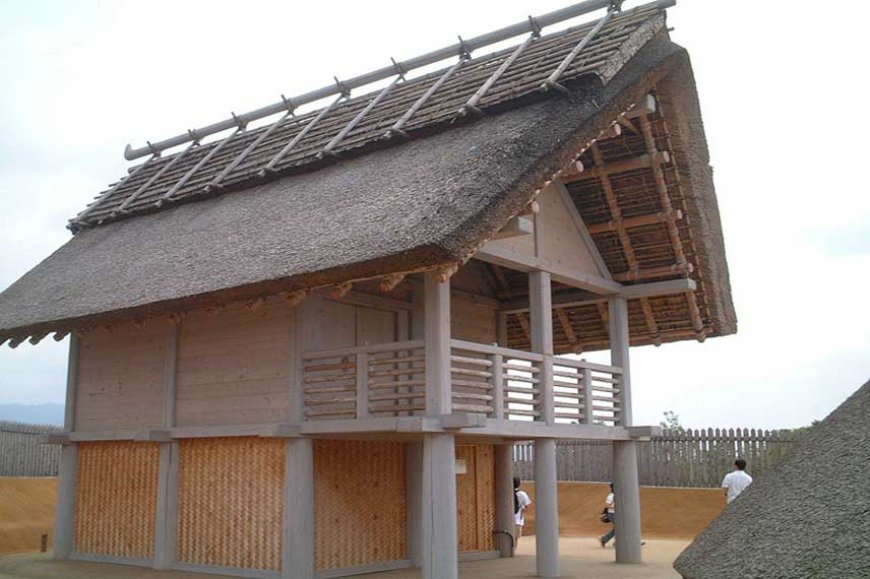 Reconstructed raised floor warehouse in Yoshinogari, commons.wikipedia.org
Reconstructed raised floor warehouse in Yoshinogari, commons.wikipedia.org
Considered to be the face of a house, it is not surprising to see a “Genkan” with decorations of pictures, flowers, dolls, photos, and Shinto shrine placed high on a wall. In Japan, a host may tell visitors “Douzo agatte kudasai” (どうぞ上がってください) which means “Please come in” but literally means “Please go up”. The reason for this is that “genkan” (玄関) is typically recessed into the floor and has a step with a height that varies. The floor is raised one level, so to enter a house, one really has to go up the height of the floor physically, thus the origin of the phrase.
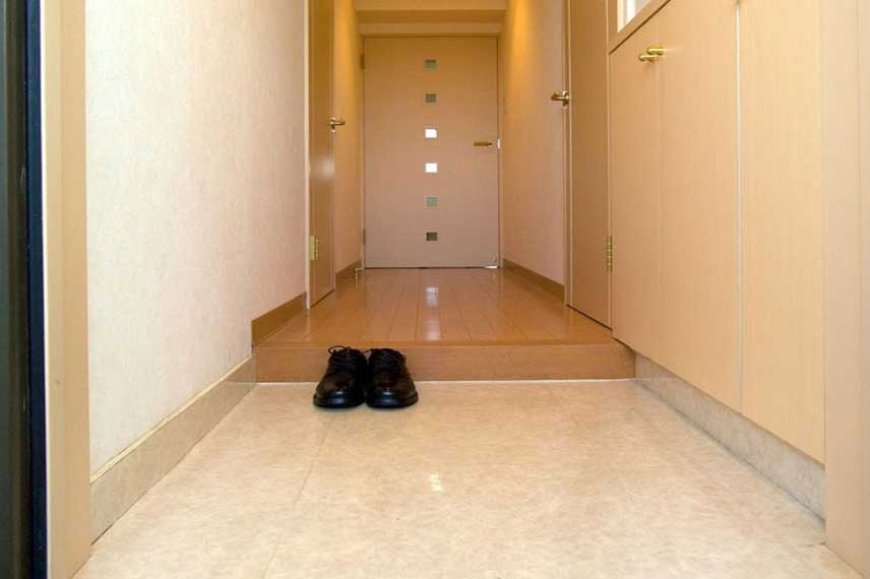 Removing shoes at the Genkan, commons.wikipedia.org
Removing shoes at the Genkan, commons.wikipedia.org
Removing shoes when visiting a Japanese household is a must and properly doing it will surely create a positive impression. When removing shoes, step up directly into the home floor in socks, not on the concrete (in some cases, tiled) “genkan” (玄関) floor to avoid dirt into the house. Once inside, if a shoe rack or shelf is not offered, arrange the shoes neatly with the toes pointing out so as it would be easy to wear them back when it is time to leave.
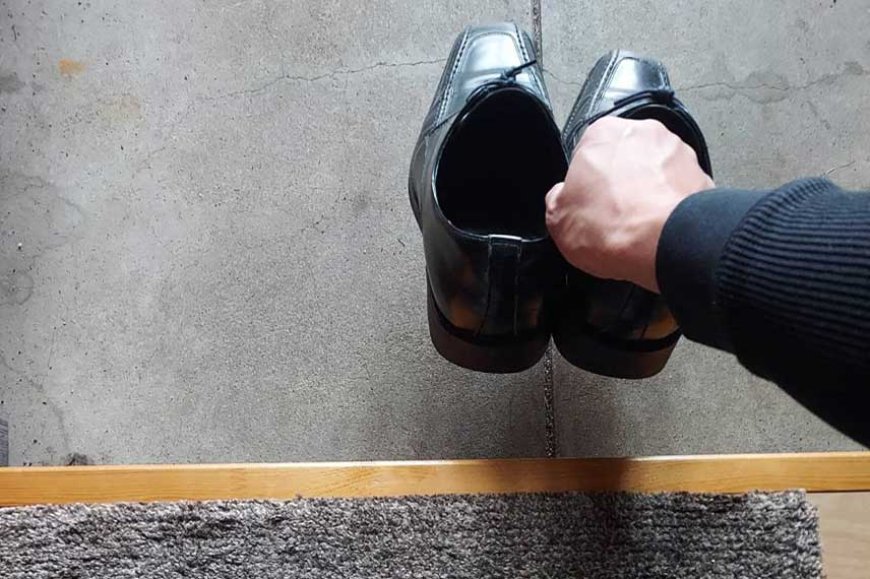 Uwabaki at the Genkan
Uwabaki at the Genkan
Most hosts will provide “uwabaki” (上履き) the indoor slippers, for the guest to wear while inside the house, but if not, entering the house in socks is acceptable. Another significant thing to note is that the same custom is applied when using a toilet, a pair of “uwabaki” (上履き) is provided to be worn inside the toilet. It is important to bear in mind that “genkan” (玄関) is the boundary between “inside” and “outside”. To a foreigner, this concept introduces the basics of the Japanese way of life to better understand it.
Find Cheap Flight Tickets to any Destinations in Japan and the Philippines
Nipino.com is committed to providing you with accurate and genuine content. Let us know your opinion by clicking HERE.



















































